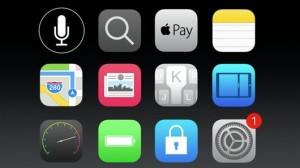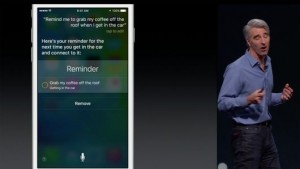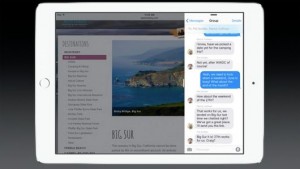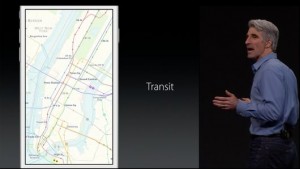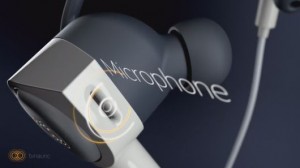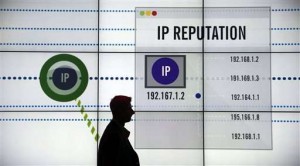Earth’s oceans found to be a much greater source of greenhouse gas than previously believed
Researchers pictured with one of the sampling devices used to collect readings of the Pacific Ocean
A new study by MIT has revealed that the quantities of nitrous oxide (N2O), otherwise known as laughing gas, being released by the world’s oceans has been dramatically underestimated. Heightened levels of N2O have the potential to seriously influence the health of our planet’s ozone layer, as the gas is around 300 times more potent than the more prevalent menace of carbon dioxide emissions.
N2O is created, and subsequently largely destroyed, in the boundary between the oxygen saturated layer of water near an ocean’s surface, and the anoxic waters that lie beneath. Nitrogen is initially introduced to the marine environment from a number of sources, including as a runoff from agricultural fertilizer in the form of ammonia. The nitrogen is then consumed by bacteria and marine microbes that produce N2O as a byproduct.
“The denitrifying bacteria that produce N2O also consume it, and it was thought that these two processes are pretty tightly coupled,” states Andrew Babbin, MIT postdoc at the Department of Civil and Environmental Engineering and lead author of a paper on the study. “But that’s not the case in the suboxic layer, resulting in leftover N2O that leaks away to the surface.”
Prior to the study, it was not well understood just how much of the gas was escaping the ocean and entering the environment above, and the potential harm that this could be inflicting on our planet’s fragile atmosphere.
Babbin and his team were able to gain a better understanding by making a computer analysis of water samples from various depths at three different locations in the eastern tropical North Pacific, in order to determine denitrification rates for the region.
Results appear to show that previous estimates on the quantities of N2O escaping the oceans may have been off by as much as a factor of 10. By making use of recent climate models, Babbin and his team estimate that our world’s oceans could be producing as much as 4 million metric tons of N2O per year
This output of the harmful gas has the potential to seriously harm Earth’s ozone layer, and it is predicted that production will rise as agricultural growth continues, introducing ever more nitrogen into Earth’s oceans.
References:http://www.gizmag.com/


